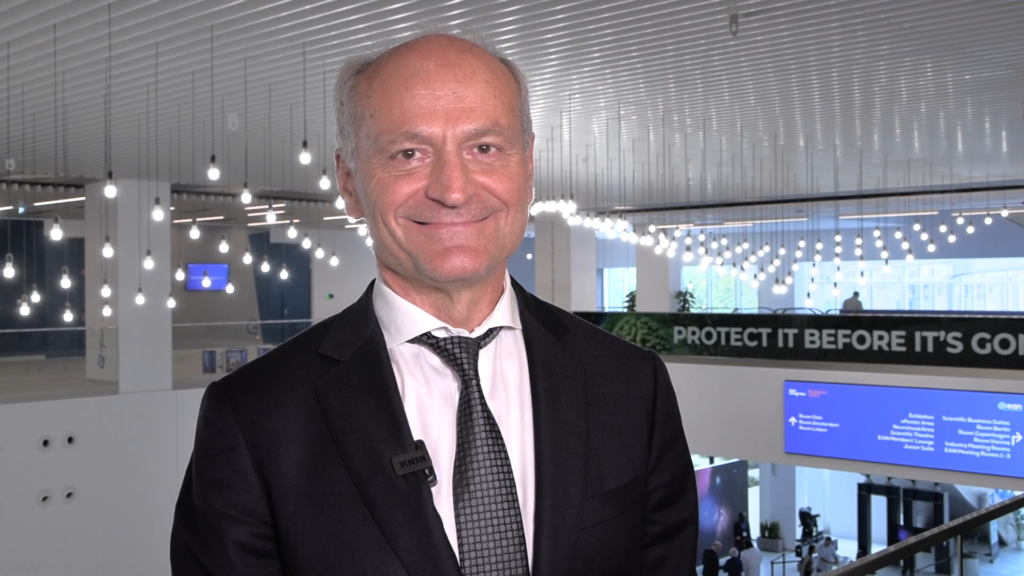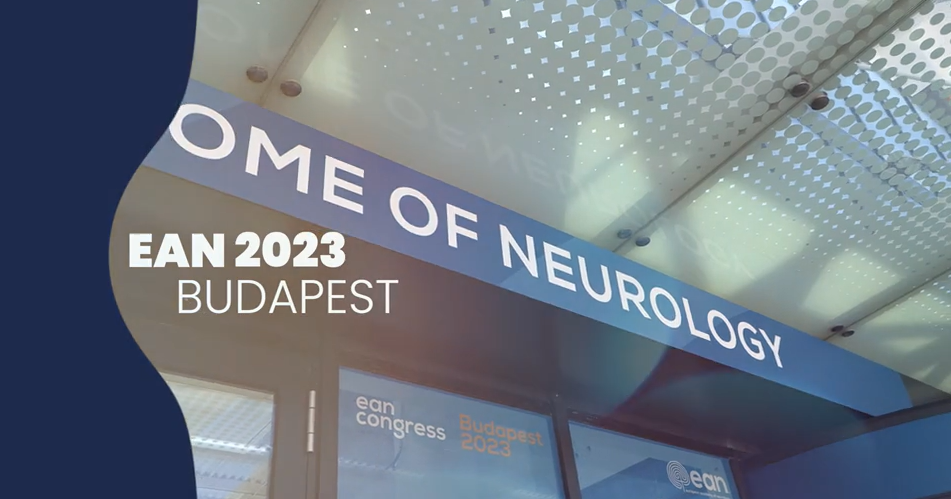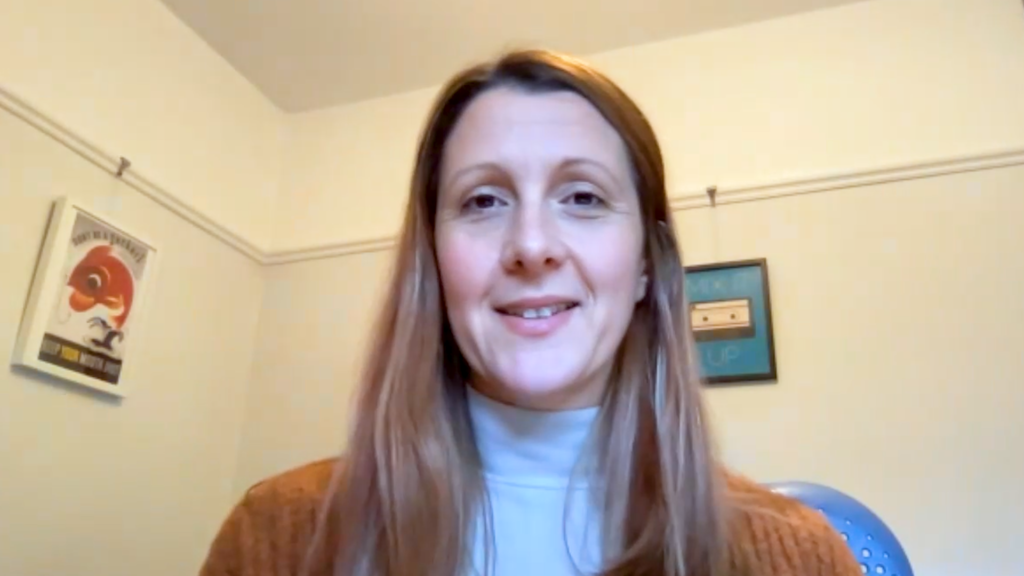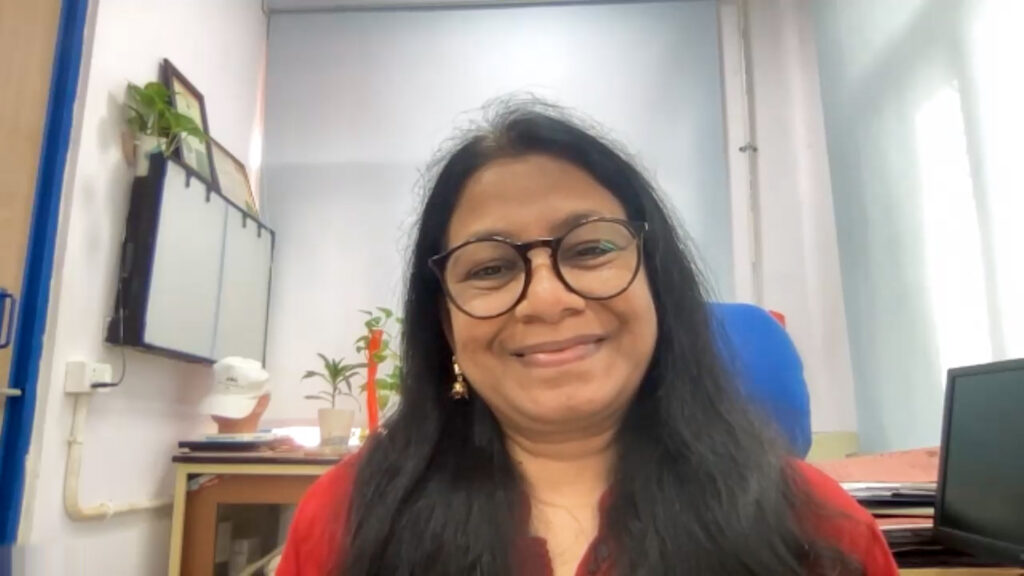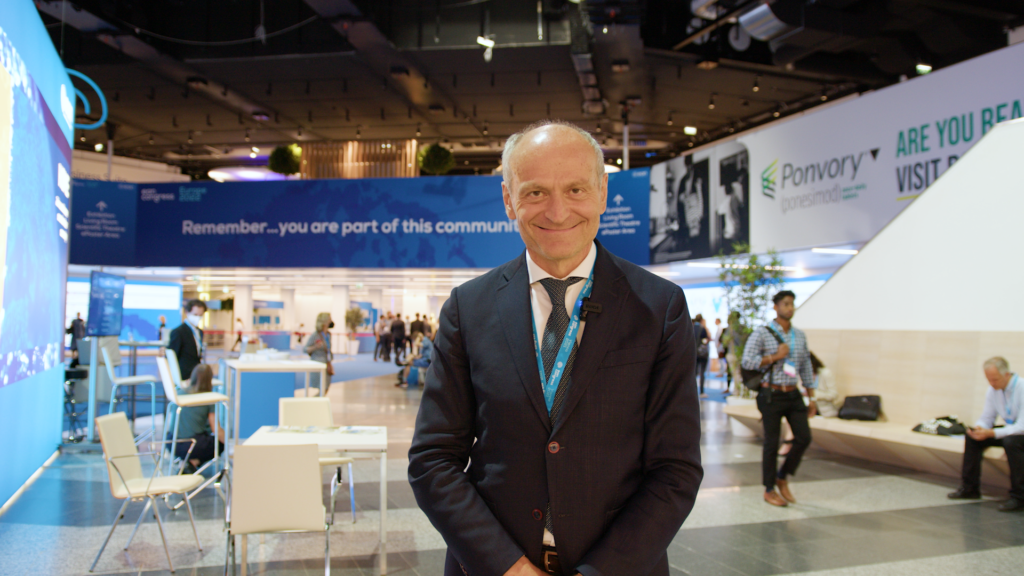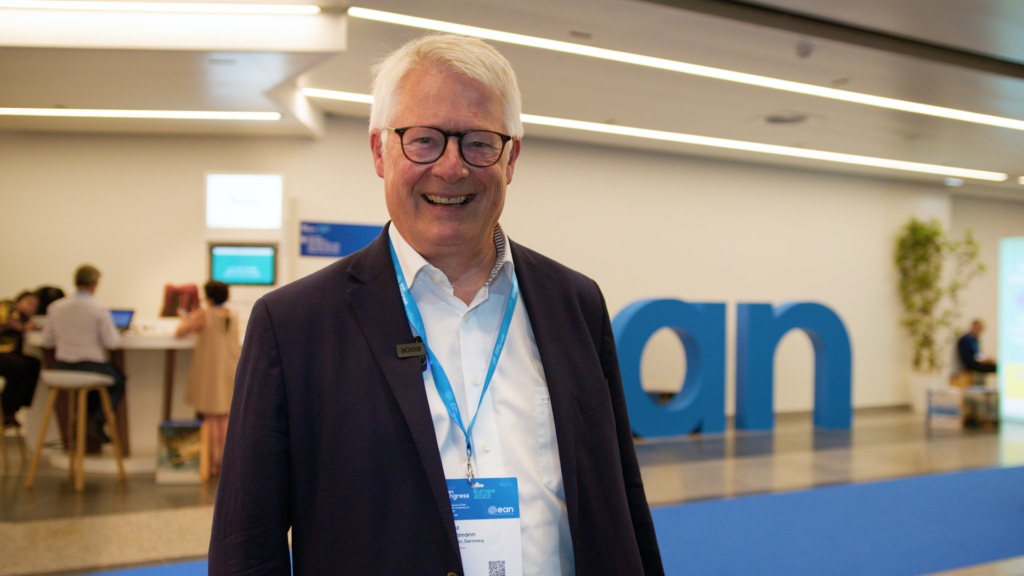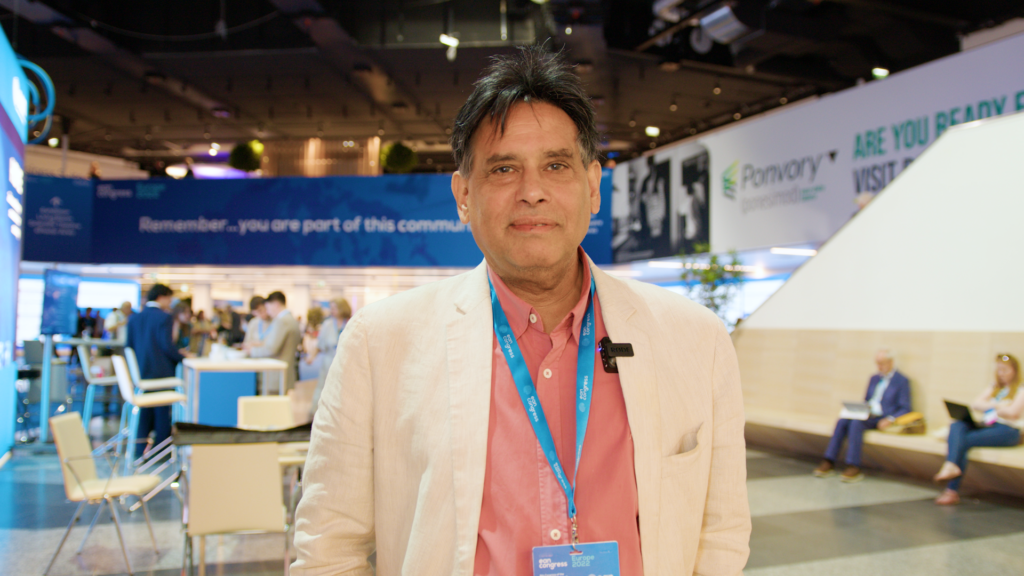The 4th Congress of the European Academy of Neurology (EAN) was held in Lisbon, Portugal. This article will discuss some of the key presentations on the subject of Parkinson’s disease (PD), which is the second most common movement disorder in elderly patients, after Alzheimer’s disease, affecting up to 2% of patients above 65 years old.1
New data was presented on the use of deep brain stimulation (DBS) of the subthalamic nucleus, which has become an established therapy for patients with advanced PD2 The use of DBS is approved for patients with PD of at least 4 years’ duration and 4 months of motor complications. The technique can improve tremor, rigidity, slowness of movement, and drug-induced dyskinesias, as well as improving quality of life. A comparative long-term study conducted at Innsbruck Medical University compared more than 50 patients who had been treated with chronic subthalamic DBS with more than 50 Parkinson’s patients who had not undergone this treatment. Investigators found that long-term DBS treatment was associated with a decreased risk of chronic falls and delayed onset of psychosis. However, DBS did not have any effect on the onset of dementia or the time at which a patient had to be placed in residential care.3,4
According to Philipp Mahlknecht, of Innsbruck Medical University, Austria: “We think that DBS would be beneficial in terms of [falls and psychosis], in addition to what has already been shown in terms of motor outcomes. We don’t actually think DBS is disease-modifying, but may modify the disease course.”5
A number of population-based studies have found that PD occurs more frequently in men than women.6,7 New research presented at the EAN congress has provided the first neurophysiological evidence to explain this finding8 The investigators assessed the disease severity of 39 newly diagnosed and untreated patients with PD (23 males, 16 females) using the Parkinson’s Disease Rating Scale (UPDRS). Patients then underwent transcranial magnetic stimulation (TMS), a useful measure of functional changes in the primary motor cortex.9 Parameters assessed included motor thresholds of the brain, input/output curve (IO), short interval intracortical inhibition (SICI), cortical silent period (CSP) and intracortical facilitation (ICF). Brain plasticity was also measured using paired associative stimulation (PAS).
According to the UPDRS tests, there was no difference in motor scores between the men and women. However, TMS found that female patients had a less steep IO than the male patients on the side of the brain more affected by PD. Females also had better preserved SICI in both hemispheres compared with men, and had better brain plasticity as assessed by PAS protocol on the side less affected by symptoms. No differences were found in the motor thresholds, ICF and the CSP. The healthy control group did not show any gender or interhemispheric differences for any of the parameters measured.8
Lead investigator Dr Maja Kojovic of Ljubljana University Medical Centre, Ljubljana. Slovenia, said: “The detected gender differences in corticospinal and intracortical excitability in patients with early untreated PD represent differences in disease pathophysiology. Gender may also prove to be a relevant factor when choosing appropriate treatment.”10
A focused workshop during the EAN Congress covered the management of Parkinson’s disease in non-routine circumstances. During Ramadan, Muslims are not allowed to ingest food, water, and medication. While those with chronic disease are exempt from this requirement, many patients still wish to participate in the fasting. A recent small study (n=20) found that while some PD patients (30%) were able to complete a month of fasting, the majority (70%) required medical intervention.11 The group that completed the month reported increased fatigue and worsening of some symptoms. Proposed solutions include the use of transdermal patches or extended release levodopa tablets, which are administered during Sehri time (the meal eaten before sunrise).11 Other barriers to management include surgery; PD patients often have to stop their oral medications, which can lead to higher morbidity rates and potentially an akientic crisis. Again, alternative options exist, including the rotigotine transdermal system (Neupro® patch, UCB, Inc., Smyrna, GA), rectally administered drugs and amantadine injection.12 Issues associated with foreign travel were also discussed. These include irregular medication intake, sleep deprivation, or inadequate intake of food and water, which can aggravate symptoms of PD. In addition, if medical problems arise in a foreign country, anti-PD medication may be withdrawn or it may not available to begin with.13 The best course of action in all these scenarios is to prepare the patient for the situation he or she might face. It is the physician’s role to adapt to changes in routine for PD patients and ensure that these changes do not compromise quality of life.14
In summary, this year’s EAN did not feature any major pharmacological breakthroughs for the treatment of patients with PD. However, the key presentations have highlighted important new research with potentially useful implications for treatment, as well as highlighting the importance of quality of life in this chronic condition.
References
1. Tysnes OB, Storstein A. Epidemiology of Parkinson’s disease. J Neural Transm (Vienna). 2017;124:901–5.
2. Schuepbach WM, Rau J, Knudsen K, et al. Neurostimulation for Parkinson’s disease with early motor complications. N Engl J Med. 2013;368:610–22.
3. Mahlknecht P, Peball M, Werkmann M, et al. Has deep brain stimulation changed the natural history of Parkinson’s disease? A case control longitudinal study. Presented at the 4th EAN Congress, Lisbon, Portugal, 19 June 2018. Abstract TCLIN05.
4. EAN 2018 Press release. Effects of deep brain stimulation treatment on the long-term course of Parkinson’s disease. Available at: https://www.pressetext.com/news/20180619009(accessed 25 June 2018).
5. Medscape. Long-term DBS Linked to Less Psychosis, Falls in Parkinson’s. Available at: https://www.medscape.com/viewarticle/898369 (accessed 25 June 2018).
6. Taylor KS, Cook JA, Counsell CE. Heterogeneity in male to female risk for Parkinson’s disease. J Neurol Neurosurg Psychiatry. 2007;78:905–6.
7. Shulman LM, Bhat V. Gender disparities in Parkinson’s disease. Expert Rev Neurother. 2006;6:407–16.
8. Kolmancic K, et al. Gender differences in Parkinson’s disease: transcranial magnetic stimulation study of newly diagnosed and drug-naive PD patients. Presented at the 4th EAN Congress, Lisbon, Portugal, 19 June 2018. Abstract EPR2048.
9. Kojovic M, Kassavetis P, Bologna M, et al. Transcranial magnetic stimulation follow-up study in early Parkinson’s disease: A decline in compensation with disease progression? Mov Disord. 2015;30:1098–106.
10. EAN 2018 Press release. Gender differences in the course of Parkinson’s disease. Available at: https://www.alphagalileo.org/en-gb/Item-Display/ItemId/165026?returnurl=https://www.alphagalileo.org/en-gb/Item-Display/ItemId/165026 (accessed 25 June 2018).
11. Damier PG, Al-Hashel J, Kamel WA. Fasting during Ramadan. Presented at the 4th EAN Congress, Lisbon, Portugal, 19 June 2018. Abstract FW06_1.
12. Reichmann H. Undergoing a surgical procedure. Presented at the 4th EAN Congress, Lisbon, Portugal, 19 June 2018. Abstract FW06_3.
13. Ruzicka E. Travelling abroad. Presented at the 4th EAN Congress, Lisbon, Portugal, 19 June 2018. Abstract FW06_2.
14. GlobalData Healthcare. EAN Congress 2018: adaptation key to managing non-routine Parkinson’s. Available at: https://www.pharmaceutical-technology.com/comment/ean-congress-2018-adaptation-key-managing-non-routine-parkinsons/ (accessed 25 June 2018).


